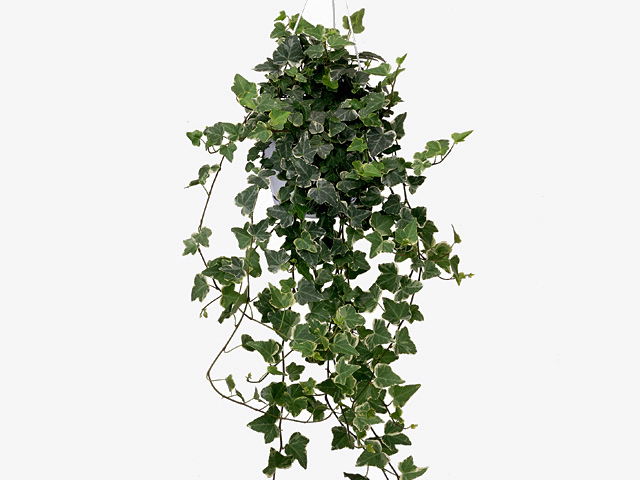Hedera helix 'White Wonder'

| Fruit type | Berry |
| Leaf type | Foliage leaf |
| Winter hardness | Good (USDA-zone 5, 6) |
| Inflorescence | Umbel(-like) |
| Structure (tissues) | Woody |
| soil pH requirement | Alkaline (pH > 7,5); Neutral (pH 6,5 - 7,5) |
| Light conditions | Semi-shades; Shady |
| Leaf division | Simple |
| Leaf colour, pattern | Multi-colored |
| Toxicity (if consumed) | Fairly |
Hedera helix, commonly known as ivy or common ivy, is a versatile and attractive plant that adds charm and beauty to any garden or landscape. One particular cultivar that stands out is the Hedera helix 'White Wonder'. This variety is known for its unique characteristics and ability to thrive in various conditions.
The 'White Wonder' ivy produces small, round berries that add a pop of color to the plant's dense foliage. The berries are not edible and should be avoided by children and pets. The foliage consists of simple, multi-colored leaves that give an eye-catching display. The leaves are variegated with shades of green, cream, and white, creating an interesting and beautiful pattern.
Winter hardiness is another impressive trait of the 'White Wonder' ivy. It can withstand colder climates, thriving in USDA hardiness zones 5 and 6. This makes it an excellent choice for gardeners in regions with harsh winters, where many other plants struggle to survive.
The structure of the 'White Wonder' ivy is woody, which provides strength and durability. The plant's tissues are strong and can withstand climbing on trellises, walls, or fences. It also spreads horizontally, making it an ideal ground cover in areas where more traditional plants may struggle.
In terms of soil requirements, this ivy prefers alkaline or neutral soil pH levels. Alkaline soil with a pH greater than 7.5 or neutral soil with a pH between 6.5 and 7.5 is best for optimal growth. This information can be useful when planning the ivy's placement in the garden or when preparing the soil for planting.
Light conditions for the 'White Wonder' ivy include semi-shades and shady areas. While it can tolerate some sun exposure, it generally prefers areas with filtered sunlight or indirect light. This makes it perfect for growing under trees or in areas with limited sunlight.
The 'White Wonder' ivy starts flowering in late summer and continues into early autumn. The flowering inflorescences resemble umbels, adding an additional layer of beauty to the plant. These flowers can attract pollinators, such as bees and butterflies, creating a vibrant and lively garden atmosphere.
This ivy cultivar thrives in woodland areas, hedgerows, and fences. Its climbing nature allows it to naturally blend in with its surroundings, creating a harmonious and natural aesthetic. It can enhance the look of a garden or provide privacy when used as a fence cover.
While the 'White Wonder' ivy is generally considered safe, it is important to note that it can be mildly toxic if consumed. Fairly low in toxicity, it can cause mild stomach discomfort if ingested. It is always wise to keep an eye on children and pets when planting ivy varieties.
In conclusion, Hedera helix 'White Wonder' is an impressive ivy cultivar that brings beauty, versatility, and strength to any garden or landscape. With its unique multi-colored foliage, strong structure, and ability to thrive in various conditions, this cultivar is a valuable addition to any plant collection. Whether used as a ground cover or climbing vine, the 'White Wonder' ivy is sure to impress and enhance any outdoor space.
Market availability index by month:
| Jan. | Feb. | Mar. | Apr. | May | Jun. | Jul. | Aug. | Sep. | Oct. | Nov. | Dec. |
|---|---|---|---|---|---|---|---|---|---|---|---|
| 3 | 3 | 3 | 4 | 4 | 3 | 3 | 3 | 3 | 3 | 3 | 3 |